Three months after a concrete roof collapsed at a Novi Sad train station, killing fifteen people, Serbian students staged a large-scale street demonstration and barricaded bridges across the Danube River on Saturday.
The blockades, known as "Three Months — Three Bridges," drew tens of thousands of people to Novi Sad. It is planned to prolong one of the blockades until Sunday.
The massive concrete structure collapsed on November 1st, sparking months of student-led street protests against the Balkan nation's populist leadership and a widespread anti-corruption movement.
Many in Serbia think that government corruption in a major infrastructure project involving Chinese state businesses was the primary cause of the collapse.
Graft, according to critics, caused shoddy work during the Novi Sad train station's refurbishment, inadequate supervision, and disregard for current safety standards. The problem has come to represent a broader dissatisfaction with Serbia's current status of the rule of law.
13 persons, including a government minister and many state officials, are charged by prosecutors in connection with the canopy collapse.
But the former construction minister Goran Vesić has been released from detention, fuelling doubts over the investigation's independence.
As the blockades started, entire bridges and the streets around them were flooded with people, while many more stood on the riverbanks below. Many people came with their children or pets on a sunny day.
Roads leading into the city were clogged with cars ahead of the rally as people were trying to reach Novi Sad from Belgrade and other Serbian towns.
Tractors rolled through the city streets as farmers drove in front of three separate student columns heading toward the three bridges and thousands of residents cheered them along the way. Many carried Serbian flags in the crowd or banners reading "Three Months" or "We are defending freedom."
University students have taken a leading role in the protests that have developed into the most serious challenge in years to the country’s powerful populist leader, President Aleksandar Vucic.
Vucic has accused students and other protesters of working for foreign intelligence services to oust him from power, while at the same time offering concessions and talks and issuing veiled threats by saying that his supporters’ “patience is running out.”
“Today we offer talks and today we offer dialogue,” Vucic said on Saturday. “The second someone thinks that they will use violence to seize power, the state will act like a state, just like everywhere else in the world."
Persistent demonstrations forced the resignation of Prime Minister Milos Vucevic earlier this week and various concessions from the populist government as it seeks to quell growing resistance.
Thousands of people came out on Friday evening to welcome hundreds of students from Belgrade who had walked for two days to join the bridge blockades.
Apart from Novi Sad and Belgrade, daily protests and traffic blockades have been held throughout Serbia, often marred by incidents, including drivers ramming cars into protesters.
One such incident happened in Belgrade on Friday, leaving two women injured after a driver knocked them down.
Along the way on their 80-kilometre journey to Novi Sad on Thursday and Friday, the students from Belgrade were greeted by cheering citizens who honked their car horns or came out of their homes to offer food and drinks.
Hundreds more people on bicycles and motorcycles headed separately toward Novi Sad on Friday and Saturday while Belgrade’s taxi drivers said they would come too and give the marchers a lift home on Sunday.
Dunja Grabos, a student from Novi Sad, said she felt proud of the people from both cities who made the walk: "It’s not easy. They limp, they have blisters, their feet hurt.”
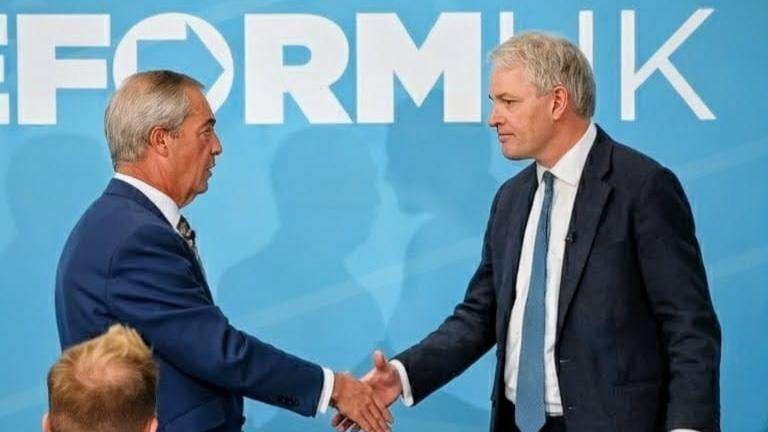

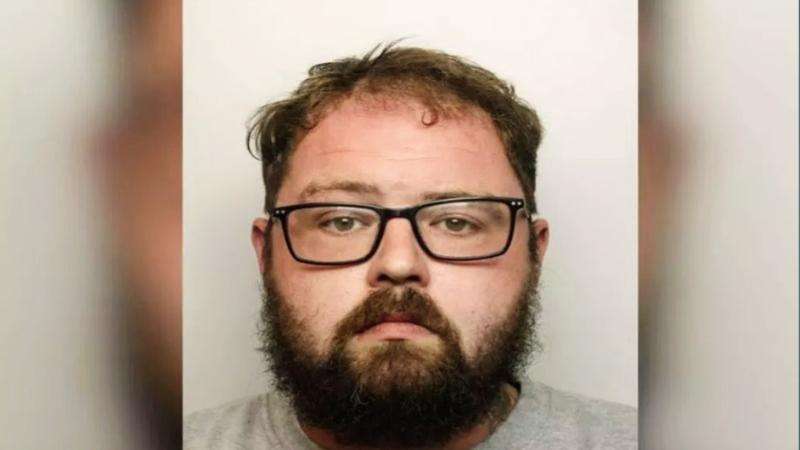
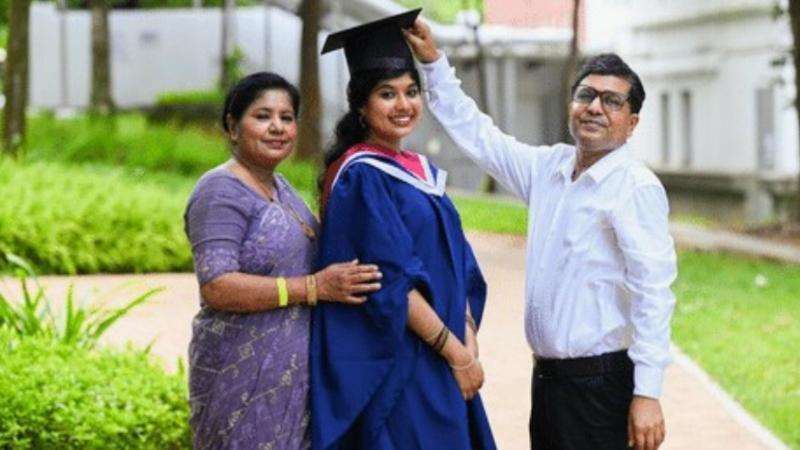
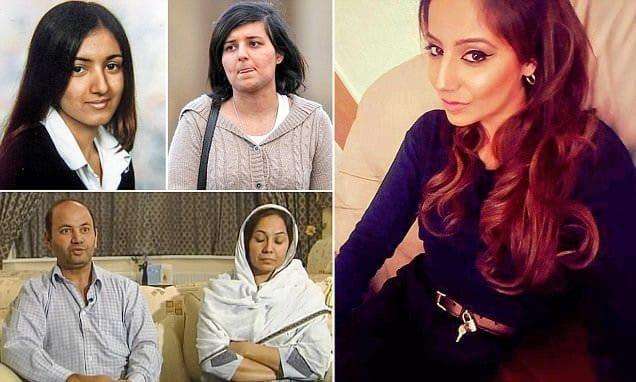


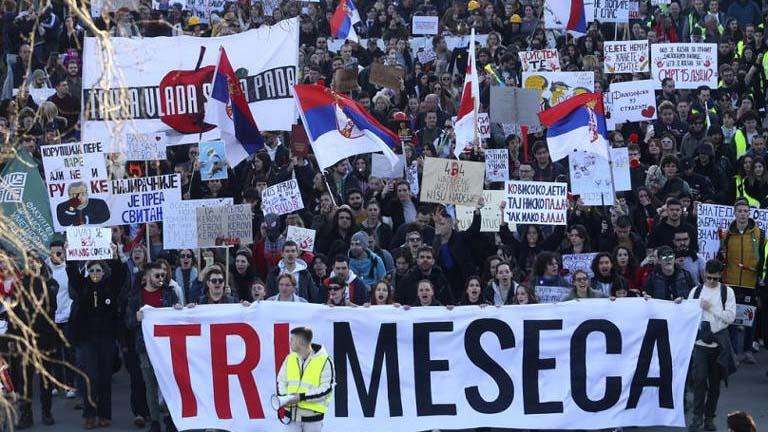
.svg)

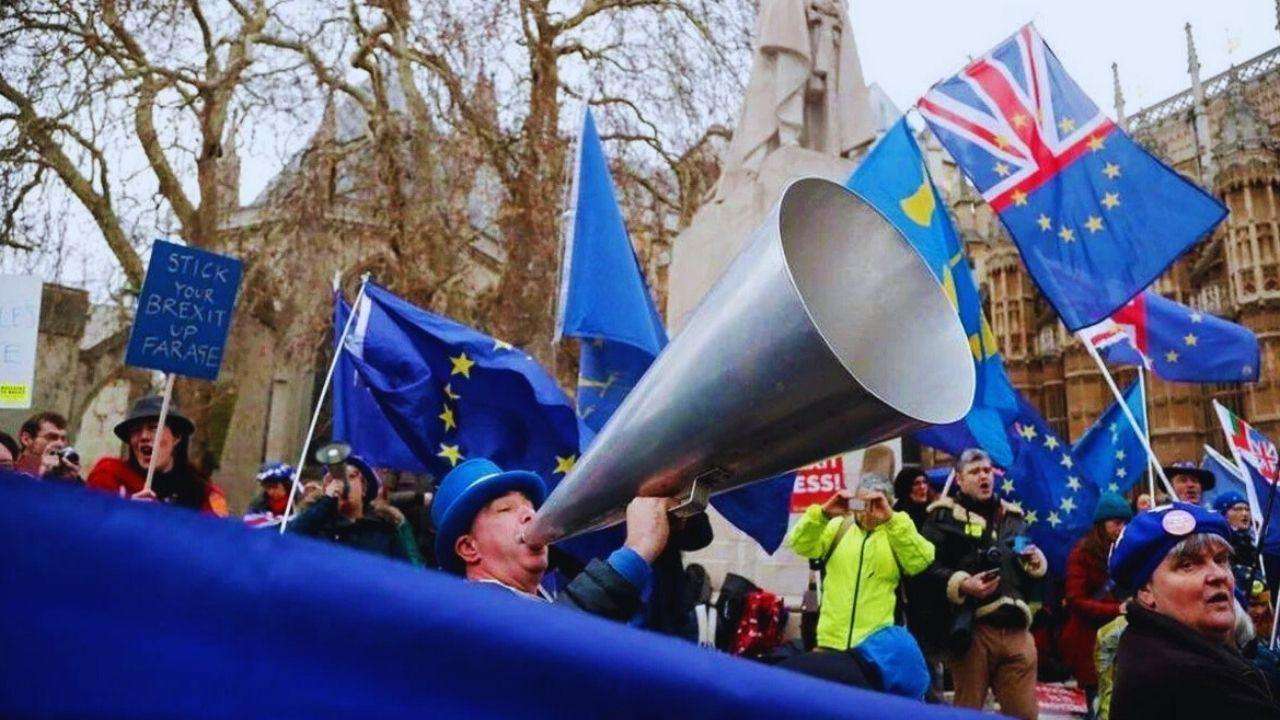
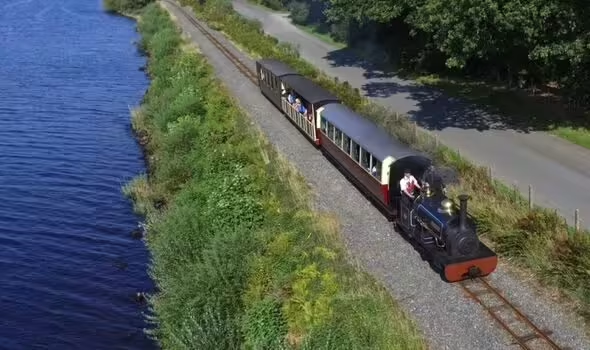
_2.jpg)